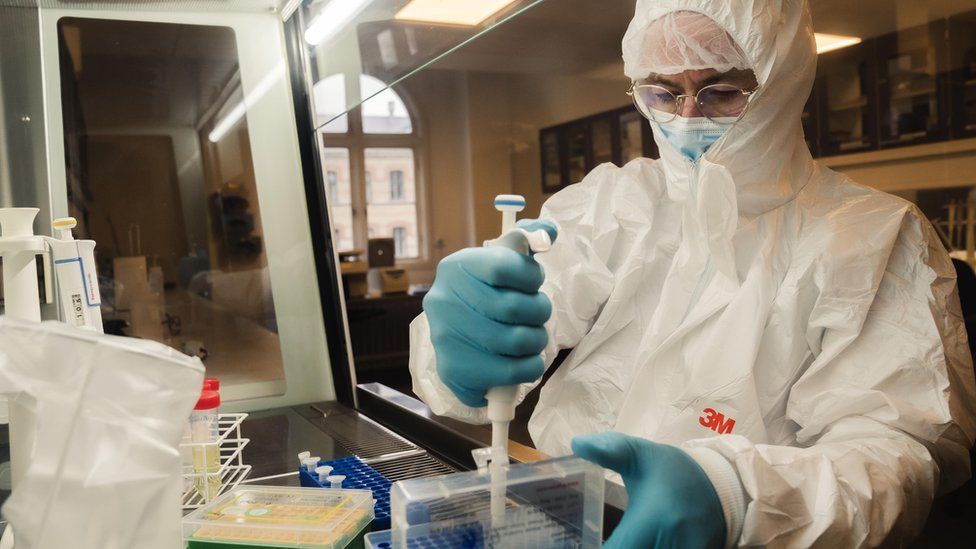Oldest DNA reveals two-million-year-old lost world

The most ancient DNA ever sequenced reveals what the Arctic looked like two million years ago when it was warmer.
Today the area in North Greenland is a polar desert, but the genetic material, extracted from soil, has uncovered a rich array of plants and animals.
The scientists found genetic traces of elephant-like mastodons, reindeer and geese that roamed among birch and poplar trees, and of marine life including horseshoe crabs and algae.
The research is published in Nature.
Prof Eske Willerslev, who carried out the study, from the University of Copenhagen and the University of Cambridge said that this mixture of Arctic and temperate species living side by side has no modern equivalent.

The research was conducted in an area called the Kap København Formation, which is in the northernmost part of Greenland.
Until now, it’s been hard to turn back the clock and see what this region was like two million years ago. Animal fossils from this period are extremely rare there.
“In fact, from the Kap København, the only animals that have ever been discovered through macro fossils are a hare’s tooth and a dung beetle. So people had no idea what kind of fauna was there back then,” explained Prof Willerslev.
Instead, the team turned to environmental DNA – or eDNA. This is genetic material that is shed from plants and animals – for example, from skin cells or droppings – and accumulates in their surroundings.
It’s a technique that’s now widely used in conservation. For example, studying the DNA found in a drop of sea water can reveal all of the creatures that have lived in a patch of ocean, even if you can’t see the individual animals yourself.
In Greenland, the team used ancient soil samples to look back in time at the biology of the Early Pleistocene Epoch.
They found a forest ecosystem, with Arctic shrubs, herbs, ferns and mosses growing among the trees.
Among the discovery of DNA from creatures like rodents, reindeer and geese, the unearthing of mastodon DNA was a surprise – Prof Willerslev told the BBC no one had found the elephant-like creatures in Greenland before.
Two million years ago, North Greenland was much warmer than it is now. The average annual temperatures were about 11-19C hotter.
“What it really tells us is that the plasticity of biological organisms – in terms of where they can live and the plants or animals that can live together – is way larger than what we thought,” he said.

Extracting and sequencing the DNA from the soil wasn’t easy – it took the team years to work out the best technique to use. They even thought it might not be possible for genetic material to survive this long.
Prof Willerslev said: “I wrote a paper in 2005, where I said I thought DNA would not survive for more than a million years, and here we are with DNA that’s two million years old.”
He thinks a chemical reaction between the DNA and the soil slowed any degradation.
“DNA is electrically charged molecules, and many of the minerals we see in the soil are also electrically charged. Therefore, the DNA will basically bind to solid minerals, and when it does this, it reduces the rate of spontaneous degradation.”
If more environmental DNA is found to survive at other sites, the discovery could change the way we view the ancient world.







